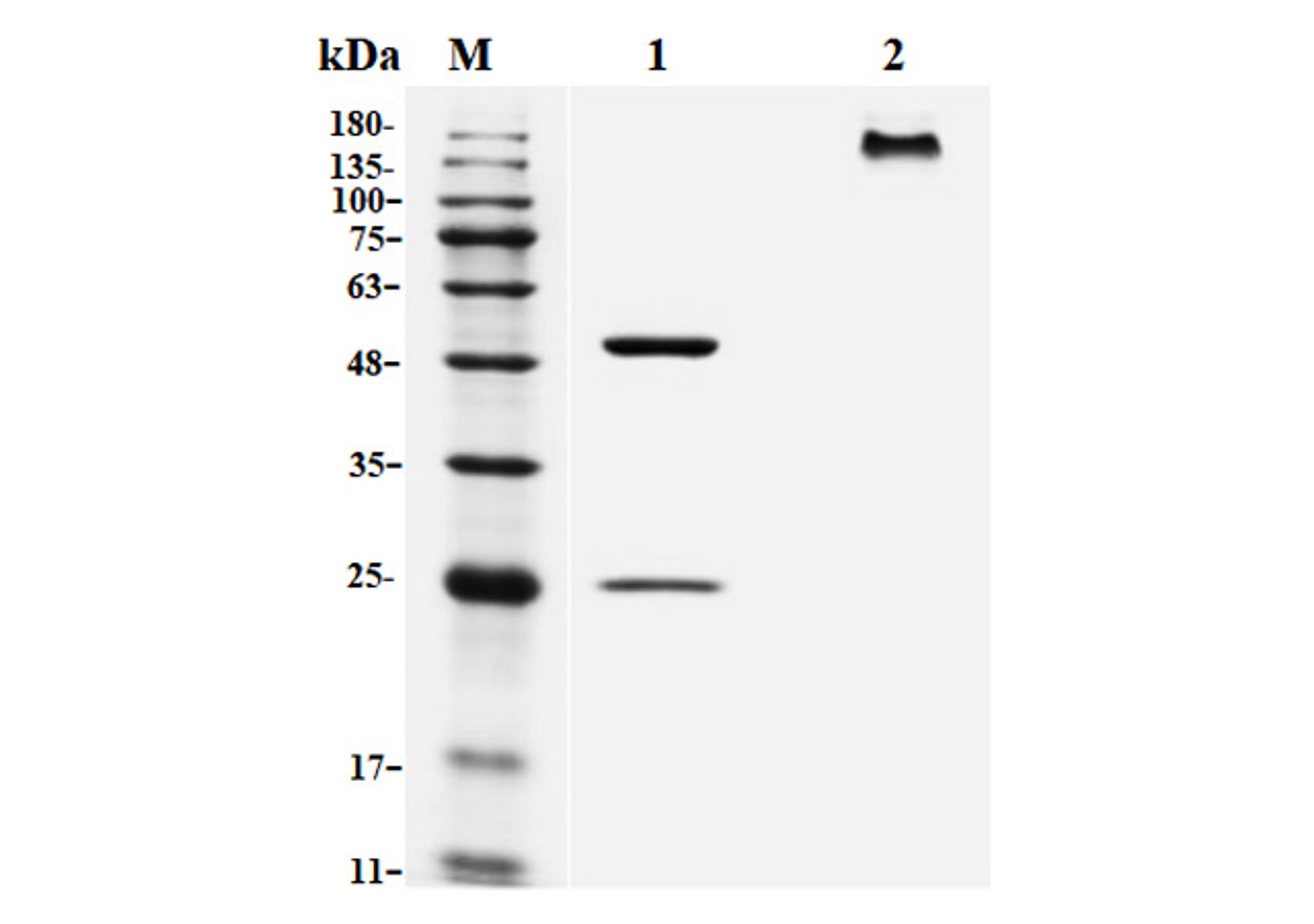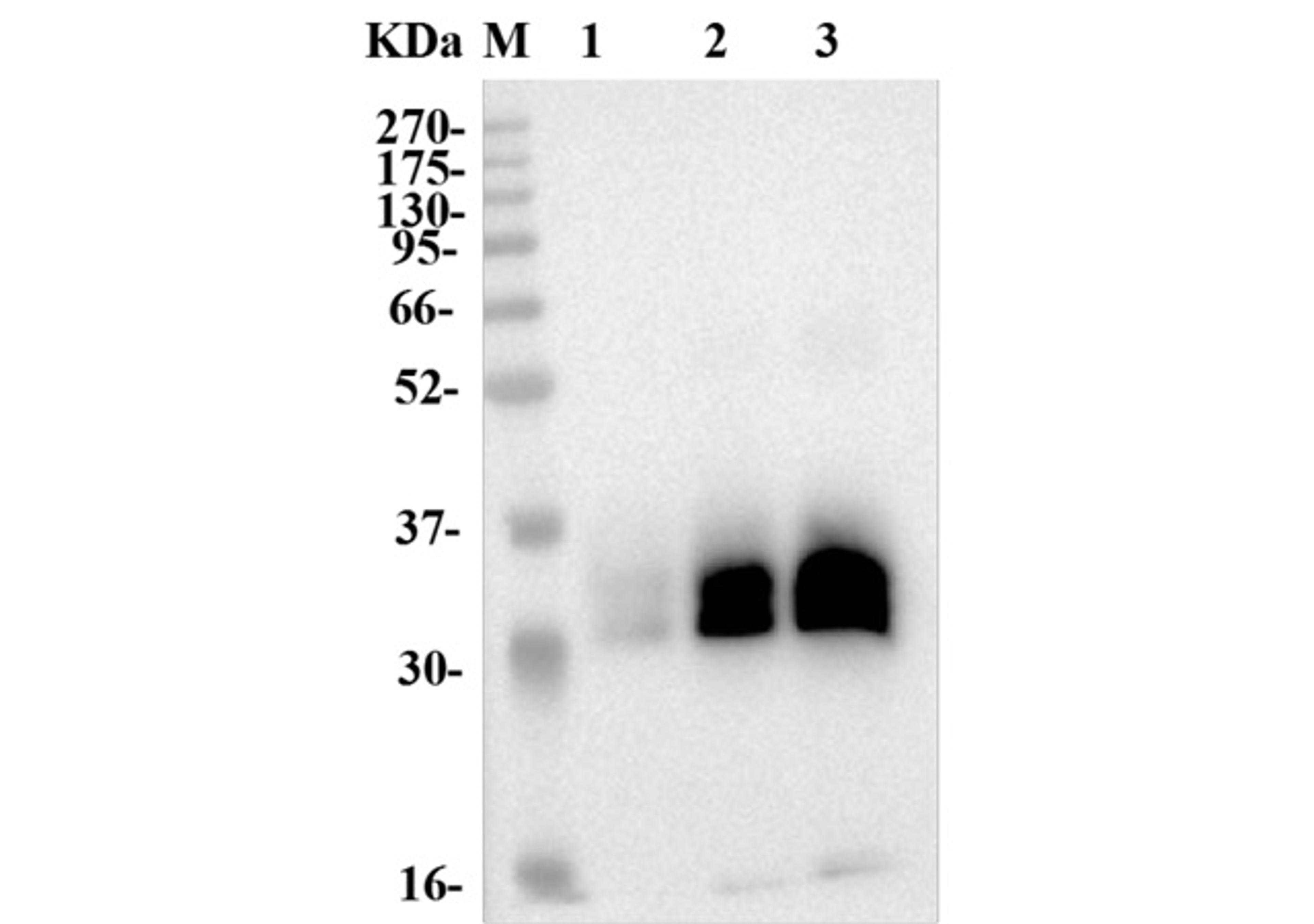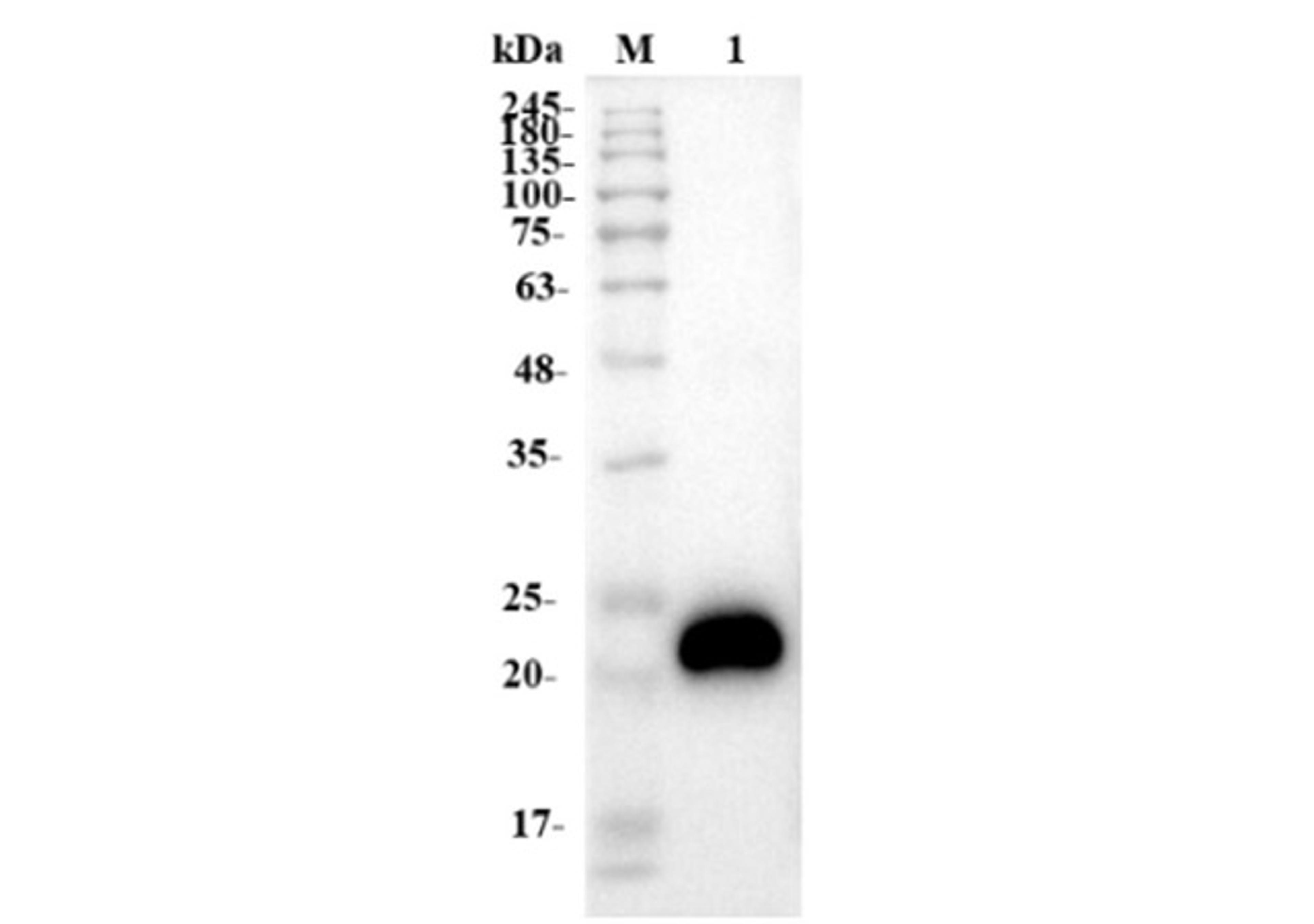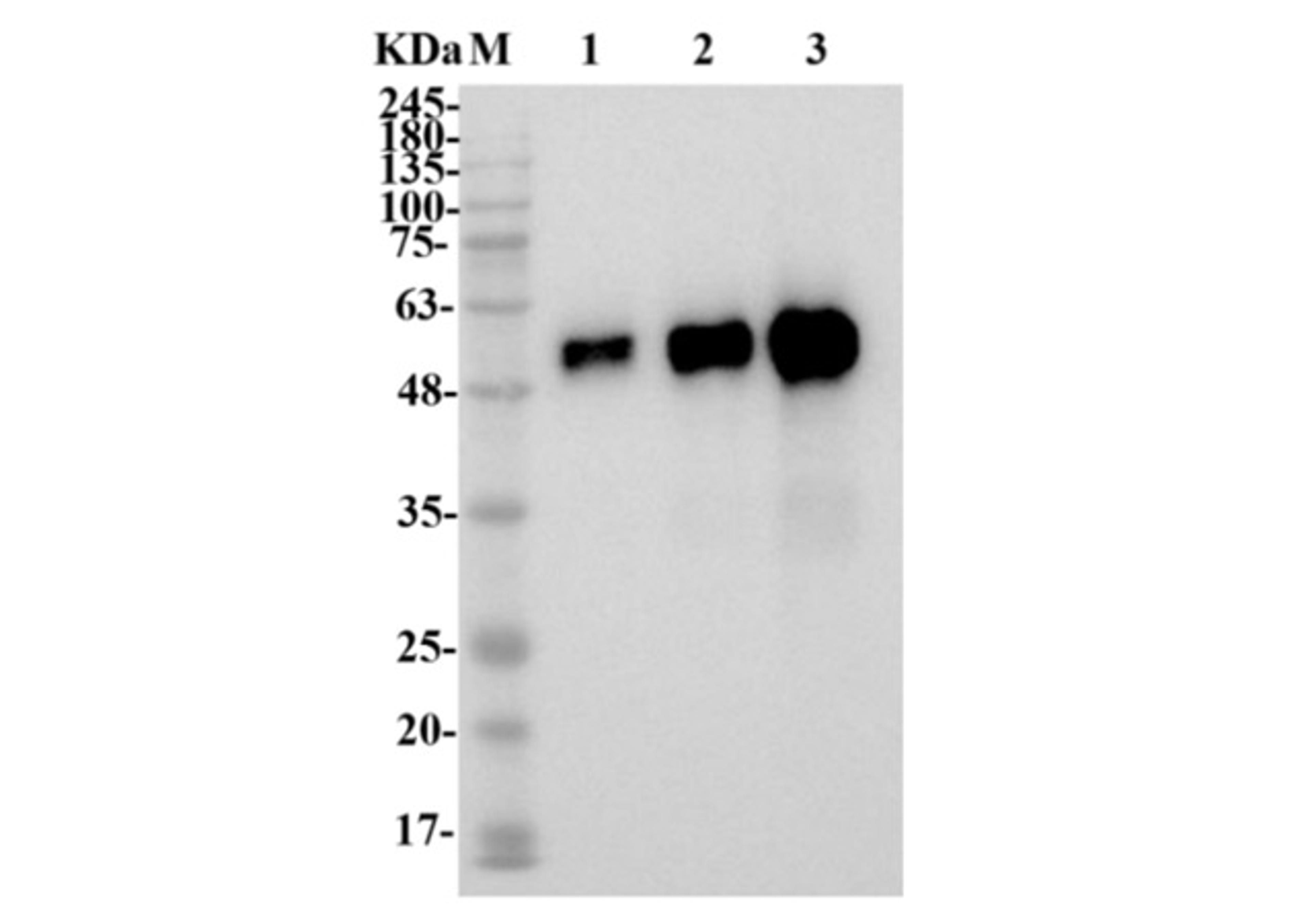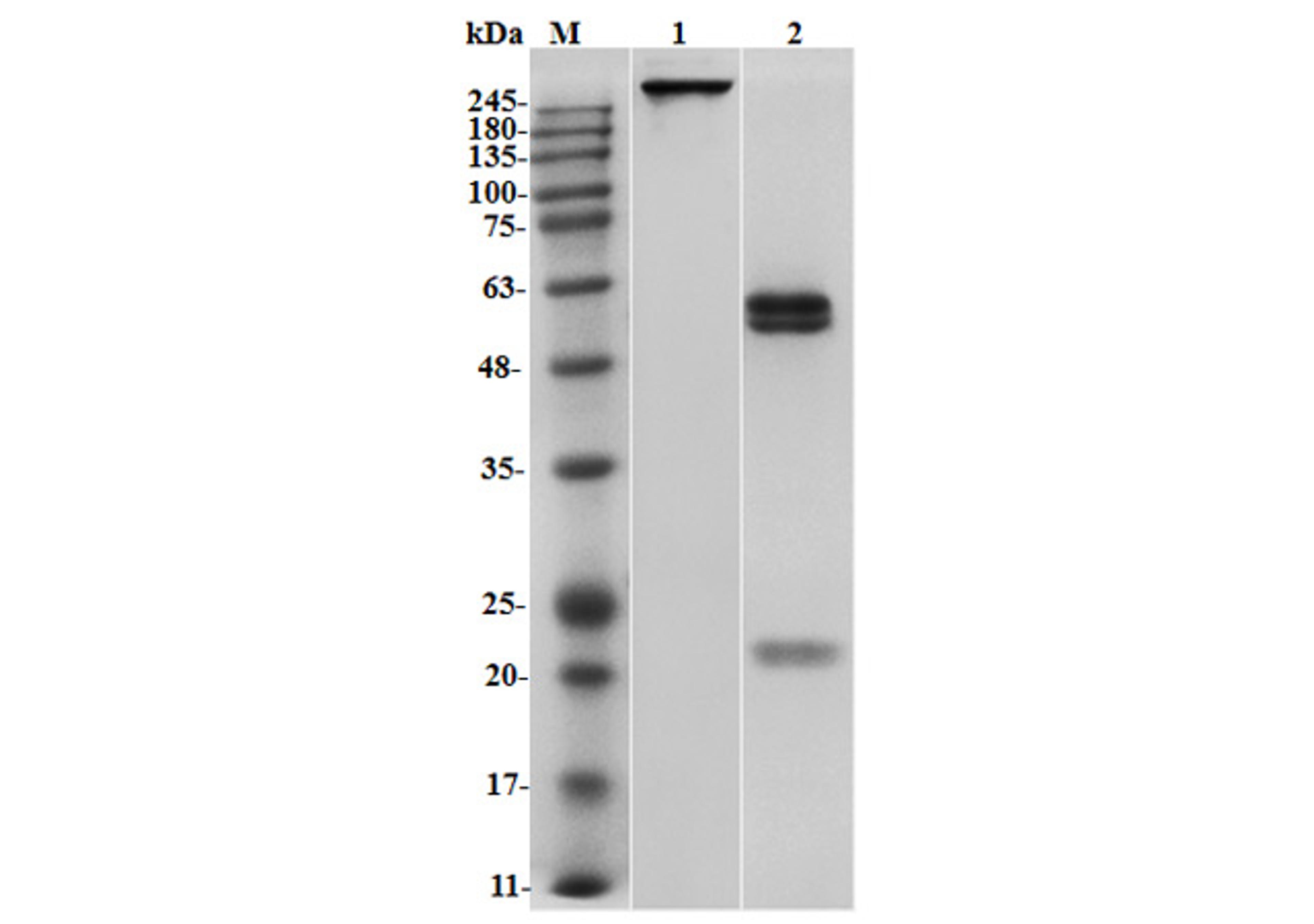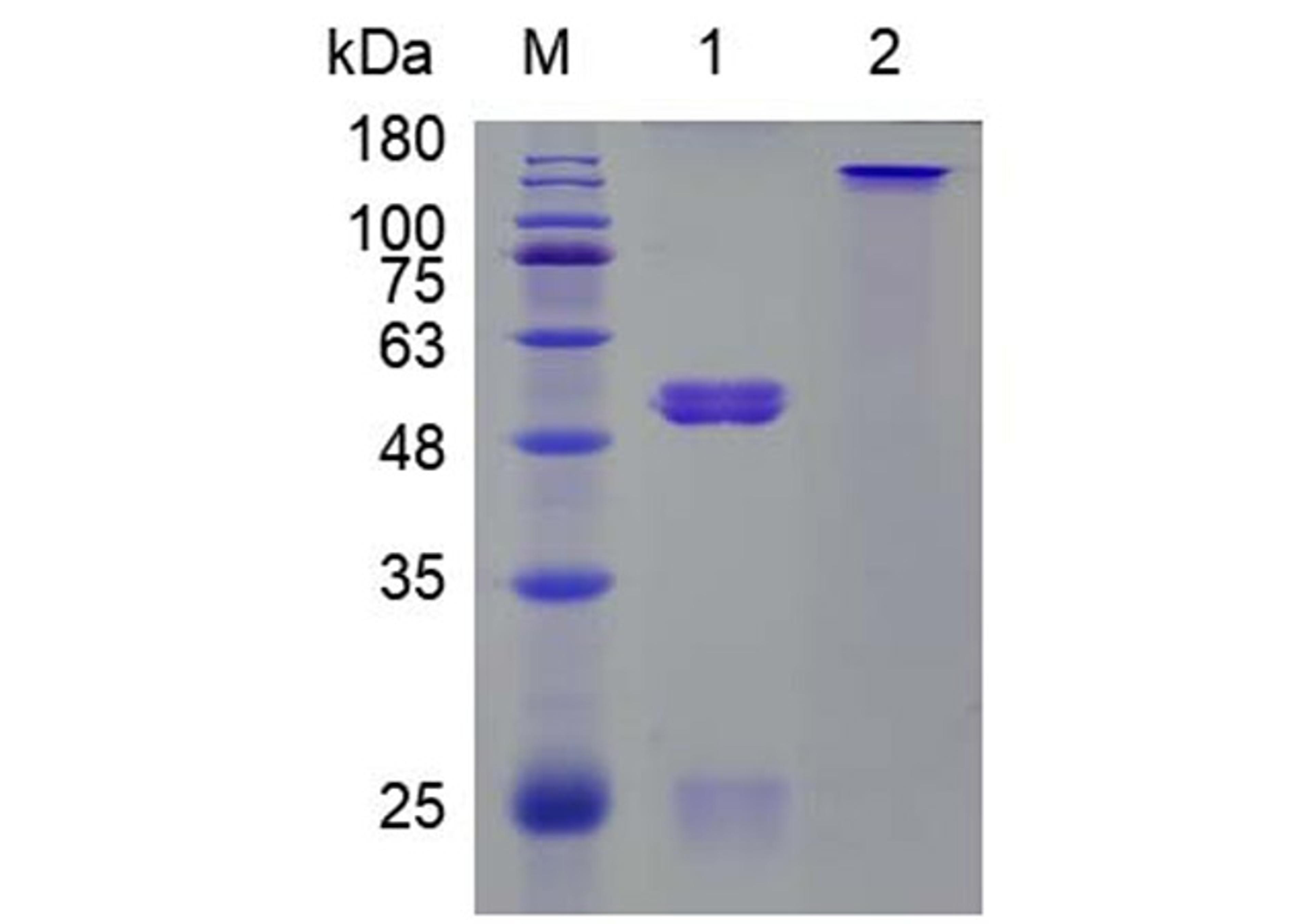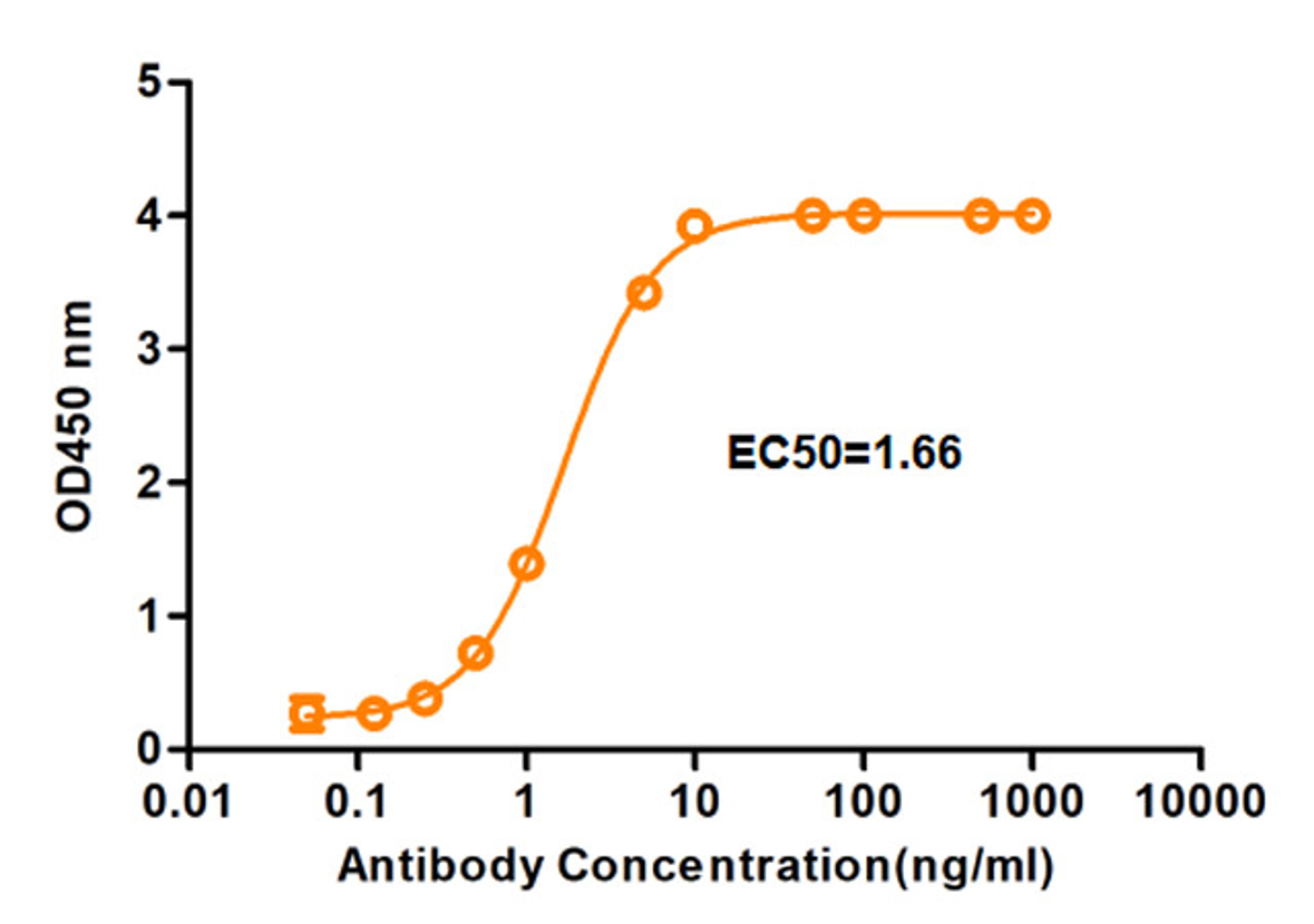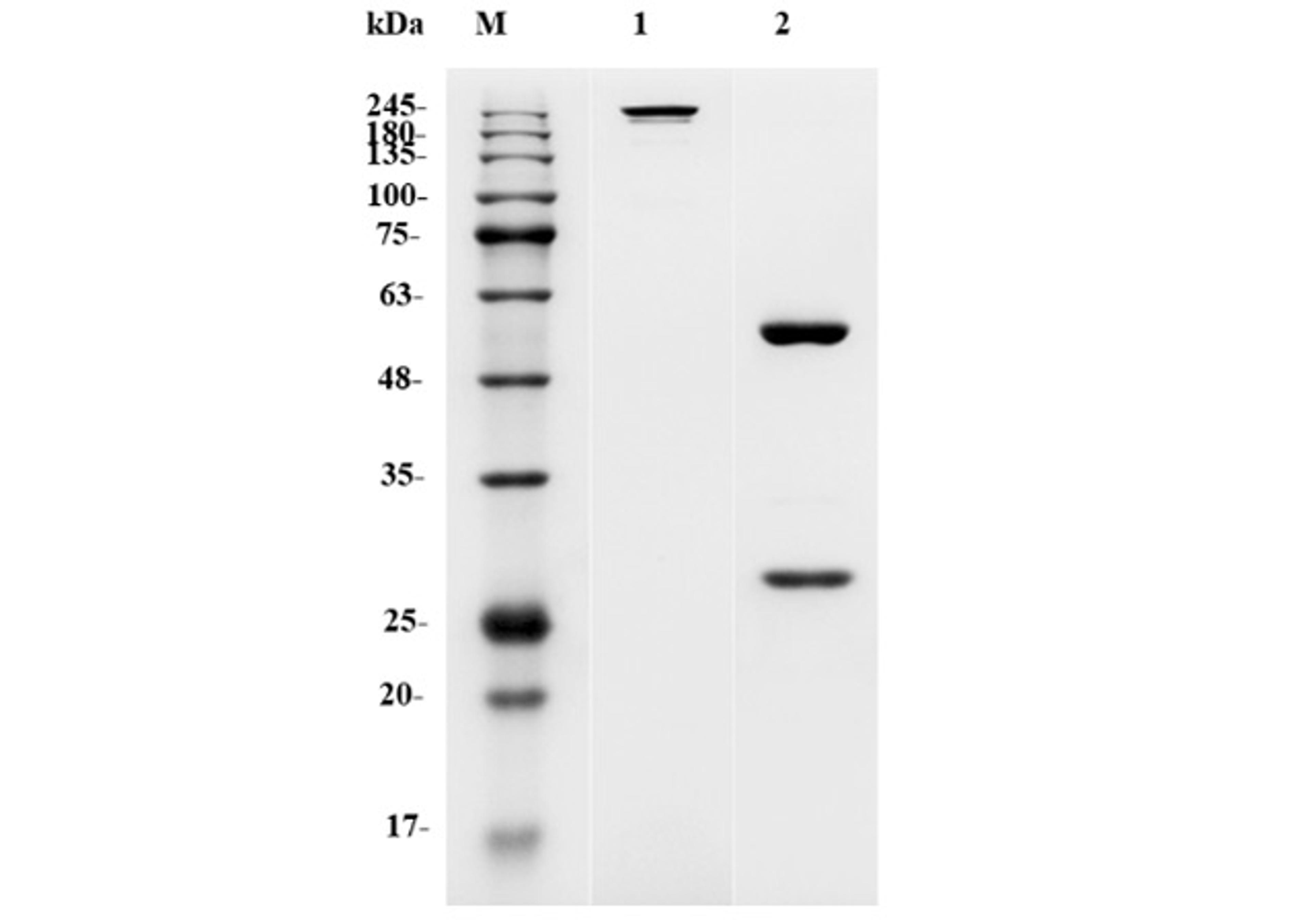C1q CIC
High Quality Assays with Reproducible and Reliable Results

The supplier does not provide quotations for this product through SelectScience. You can search for similar products in our Product Directory.
Immunoenzymatic colorimetric method for the quantitative determination of CIC C1q concentration in human serum or plasma.CIC C1q ELISA is intended for laboratory use only.The complement system is a biochemical cascade of the immune system that helps clear pathogens from an organism. It is derived from many small plasma proteins that work together to form the primary end result of cytolysis by disrupting the target cell's plasma membrane. Activation of this system leads to cytolysis, chemotaxis, opsonization, immune clearance, and inflammation, as well as the marking of pathogens for phagocytosis. The complement system consists of more than 35 soluble and cell-bound proteins, 12 of which are directly involved in the complement pathways. The proteins account for 5% of the serum globulin fraction. The complement proteins are synthesized mainly by hepatocytes;however, significant amounts are also produced by monocytes, macrophages, and epithelial cells in the gastrointestinal and genitourinary tracts. C1q is involved in the classical complement pathway. The classical pathway is triggered by activation of the C1-complex (which consists of one molecule C1q and two molecules C1r and C1s), either by C1q'sbinding to antibodies from classes M and G, complexed with antigens, or by its binding C1q to the surface of the pathogen. The complement system might play a role in manydiseases with an immune component, such as Barraquer-Simons Syndrome Alzheimer's disease, asthma, lupus erythematosus, various forms of arthritis, autoimmune heart disease and multiple sclerosis. Deficiencies of the terminal pathway predispose to both autoimmune disease and infections (particularly meningitis). There are many tests for the determination of CIC, included the test of precipitation with PEG, radial immunodiffusion, and cellular tests like the test of Ray cell. Does not exist one procedure to determinate all types of immunocomplex; in commerce exist some test to determinate fragments of the complex (Es. C1q and C3d) that have an important diagnostic mean.CIC C1q kit is based on the binding of C1q-linked immunocomplexes to C1q adsorbed on microplate. In the first step, the samples are added to the microplate adsorbed with C1q; during the following incubation, C1q-fixing circulating immune complexes (CIC) bind to the C1q immobilized on the microplate. The microplate is washed for remove the unbound serum proteins. In the second step, the anti-human IgG conjugated with horseradish peroxidase (HRP) is added; it binds to the immunocomplex fixed on the microplate. The washing step removes the unbound conjugate. In the third step, the TMB Substrate is added, and this reacts with the conjugate fixed on the microplate, developing a colorimetricreaction. The quantity or CIC IgG complex is proportional to the colour intensity read at 450 nm wavelengths. The immunocomplex concentration in the sample is calculated through a calibration curve. Heat aggregate human gamma globulin per mL (μgEq/mL) is the unit of measure of the results.





